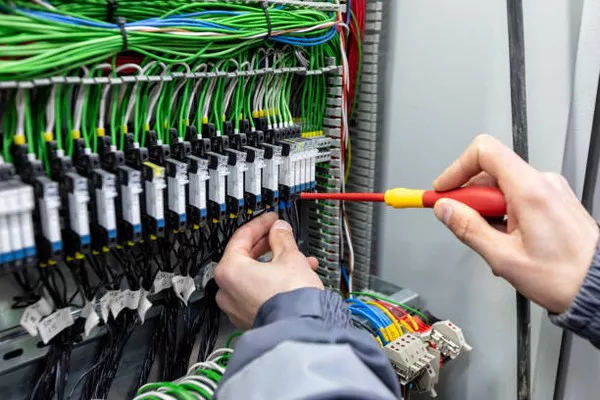Transformers play a crucial role in the efficient transmission and distribution of electrical power. One fundamental aspect of transformers is the distinction between primary and secondary voltage. Understanding these terms is essential for anyone involved in the field of electrical engineering or those interested in comprehending the intricacies of power systems.
Primary Voltage:
The primary voltage of a transformer refers to the voltage on the input or primary side of the transformer. In a typical power system, the primary winding of the transformer is connected to the power source, such as a generator or a high-voltage transmission line. The primary voltage is the voltage level at which electrical energy is initially supplied to the transformer.
Primary voltage is often associated with the high-voltage side of the transformer, and its magnitude depends on the design specifications and requirements of the power system. High-voltage transmission lines commonly carry electricity over long distances, and transformers connected to these lines must be designed to handle the elevated primary voltages.
The primary voltage is a critical parameter that determines the overall performance and efficiency of a transformer. Engineers carefully select the primary voltage based on factors such as power transmission distance, system voltage levels, and load requirements. Maintaining the appropriate primary voltage is essential for ensuring the transformer’s reliability and optimal operation.
Secondary Voltage:
On the other hand, the secondary voltage of a transformer is the voltage on the output or secondary side. This is the voltage level at which electrical energy is delivered to the load or consumer. The secondary winding of the transformer is connected to the electrical distribution system or directly to the end-user, depending on the application.
The secondary voltage is generally lower than the primary voltage, as transformers are designed to step down the voltage for safe and efficient distribution. In power systems, transformers with varying turns ratios are employed to achieve the desired level of voltage transformation. The secondary voltage is crucial for providing electrical power at levels suitable for consumer appliances, machinery, and other electrical devices.
Voltage Transformation Ratio:
The relationship between the primary voltage (V1) and the secondary voltage (V2) is defined by the turns ratio of the transformer. The turns ratio is the ratio of the number of turns in the primary winding (N1) to the number of turns in the secondary winding (N2). Mathematically, it can be expressed as:
Turns Ratio=N2/N1
The turns ratio determines how much the voltage is stepped up or stepped down in the transformer. For example, if the turns ratio is 1:2, it means that the secondary voltage is half of the primary voltage. Conversely, if the turns ratio is 2:1, the secondary voltage is twice the primary voltage.
Efficiency and Voltage Regulation:
Efficiency and voltage regulation are crucial considerations when designing and operating transformers. Efficiency refers to how well a transformer converts electrical power on the primary side to usable power on the secondary side. A well-designed transformer minimizes losses and heat generation during this conversion process.
Voltage regulation is the ability of a transformer to maintain a stable secondary voltage under varying load conditions. It is expressed as a percentage deviation from the rated secondary voltage. Transformers with good voltage regulation ensure that consumers receive a consistent and reliable power supply even when there are fluctuations in the load.
See Also Which Type Of Transformer Used In Industry
Conclusion:
In conclusion, understanding primary and secondary voltage in transformers is fundamental to the functioning of electrical power systems. The primary voltage represents the input energy supplied to the transformer, typically at higher voltage levels, while the secondary voltage is the output energy delivered to consumers at lower voltage levels. The turns ratio determines the relationship between these two voltages, allowing transformers to step up or step down the voltage as needed.
Efficient transformers with optimal voltage regulation contribute to the reliability and stability of electrical power systems. Engineers and professionals in the field must carefully consider primary and secondary voltage requirements when designing, installing, and maintaining transformers to ensure the safe and efficient distribution of electrical power. As technology advances and power systems evolve, a deep understanding of these fundamental concepts remains essential for the sustainable and reliable delivery of electricity to homes, businesses, and industries.

